
Sports has a remarkable way of etching itself into our collective consciousness, creating those indelible ‘Where were you when…’ moments that resonate deeply. We are drawn to witness history unfold, whether it’s the sheer unexpected brilliance of a Kobe Bryant 81-point performance or the almost certain triumph of a legendary squad like the 1992 ‘Dream Team.’ But the magic of sports extends far beyond mere on-field heroics, stats, or championship glory.
Indeed, the true power of sports often lies in its capacity to mirror, challenge, and ultimately shape the very fabric of society. Simple innovations, like putting lights on a pole for night games or projecting a yellow line on TV to mark first downs, have had surprisingly seismic impacts, changing how we consume and understand the game. These moments, sometimes subtle and sometimes explosive, reveal how deeply intertwined sports are with our social evolution.
Join us as we embark on a journey through a rich, complex, and occasionally challenging history, uncovering 14 truly influential sports moments that didn’t just make headlines but actively changed US social history. We’re talking about events that transcended the scoreboards, broke down barriers, ignited conversations, and left an undeniable mark on the American experience.

1. **Katrina and the Superdome: A City’s Heartbeat Returns**
When Hurricane Katrina unleashed its devastating fury on New Orleans in 2005, it didn’t just tear apart a city; it ripped at the very soul of a community. The Superdome, intended as a refuge, became a stark symbol of the overwhelming tragedy, sheltering over 26,000 displaced people amidst the chaos and the subsequent, heartbreaking flooding.
Yet, from the depths of despair, sports emerged as an unlikely, powerful force for healing. Following an incredible $185 million in repairs, the Superdome reopened its doors, not just as a stadium but as a beacon of hope and resilience. It was in this very arena that the New Orleans Saints found their renovated home, embodying the city’s defiant spirit.
Their improbable, successful quest for the franchise’s first Super Bowl wasn’t just a series of games; it was a rallying cry, a tangible representation of New Orleans’ indomitable will to rebuild and overcome. The Saints’ journey became inseparable from the city’s own, proving that sports could indeed help mend the wounds of a devastated populace.

2. **The Invention of the Snowboard: From Fringe to Phenomenon**
For decades, skiing held a somewhat staid, even exclusive reputation. As the context aptly puts it, “Skiing was never cool. It was something rich, white people did on vacation.” It lacked a certain edge, an appeal to the counter-culture and youth movements that were constantly seeking new forms of expression and excitement.
But then came a deceptively simple innovation: putting two skis together to form one, larger board. This seemingly minor change was all it took to utterly revolutionize the winter sports landscape. Snowboarding burst onto the scene, quickly transforming into “the coolest new sport” with an undeniable, vibrant energy.
Its meteoric rise to mainstream popularity, significantly boosted by events like the Winter X Games and the emergence of phenoms such as Shaun White, solidified its place in American culture. Snowboarding shifted perceptions, democratized winter sports, and injected a fresh, youthful, and accessible alternative, forever altering the social demographics and appeal of mountain recreation.
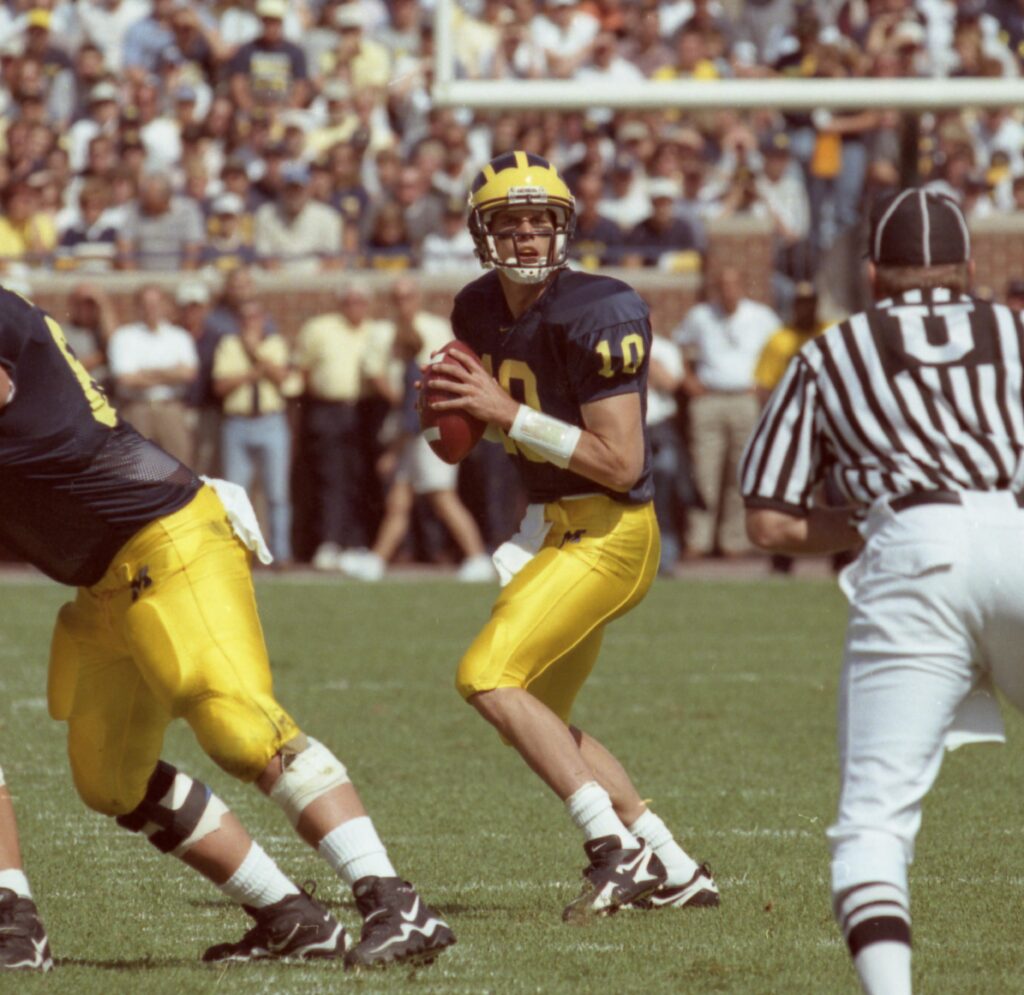
3. **Ashley Martin Shocks the Gridiron World: Breaking Through the Tackle Box**
August 30, 2001, etched itself into the annals of football history as a day of groundbreaking significance. As the pigskin sailed cleanly between the goal posts, a moment of quiet revolution unfolded on the field. This was not just any kick; it was Ashley Martin’s, and with it, she became the first woman to play and score in an NCAA Division I American football game.
Her performance as a placekicker for Jacksonville State sent a clear, resounding message across the gridiron. In a sport traditionally dominated by an overwhelmingly male presence, Martin’s participation wasn’t a novelty; it was a powerful statement about capability, determination, and the potential for inclusion.
Her courageous step onto that field gave Jacksonville State fans far more than they could have anticipated. It transcended the game itself, directly challenging ingrained gender norms and demonstrating that talent knows no gender, ultimately paving the way for future female athletes to envision themselves in roles previously deemed impossible in American football.

4. **LeBron James’ Decision: The Birth of the Player-Empowered Era**
In 2010, the sports world watched with bated breath as LeBron James orchestrated “The Decision,” a televised event that forever altered the landscape of athlete free agency. No player before him had taken control of his destiny, and the narrative surrounding his contractual choices, to such unprecedented heights. It was a spectacle that captivated the nation, setting cable records and sparking intense debate.
More profoundly, this moment “brokered in a new era of players teaming up via free agency,” fundamentally shifting the power dynamic within professional sports. Athletes, especially superstars, realized the immense leverage they held, moving beyond traditional team-centric loyalties to proactively shape their careers and assemble championship-caliber rosters.
While the public reaction was fiercely divided, transforming LeBron from a beloved “fan favorite to an absolute villain so quickly,” his bold move irrevocably changed how free agency is perceived and executed in the NBA. It set a precedent for player empowerment that continues to define the league, cementing a new chapter in the evolving relationship between athletes, teams, and the media.

5. **The WNBA Is Started: A League of Their Own**
The establishment of the Women’s National Basketball Association (WNBA) in 1996 stands as one of the most profoundly important developments for women in American sports. Prior to its inception, while women’s collegiate basketball had a strong following, the pathway to professional play for talented female athletes was significantly limited, leaving many dreams unfulfilled.
Despite the challenges inherent in building a new professional league, the WNBA, with the backing of the NBA, provided a crucial platform. It has steadfastly worked to “keep the dream alive for a new generation of women basketball players,” offering an aspirational goal and a legitimate career path for countless aspiring athletes across the country.
Since its founding, the WNBA has been instrumental in “Opening doors for talented females,” showcasing their incredible skill, athleticism, and competitive spirit on a national stage. It has not only created a professional space for women but also significantly contributed to shifting societal perceptions about female athletes and their rightful place in the highest echelons of professional sports.
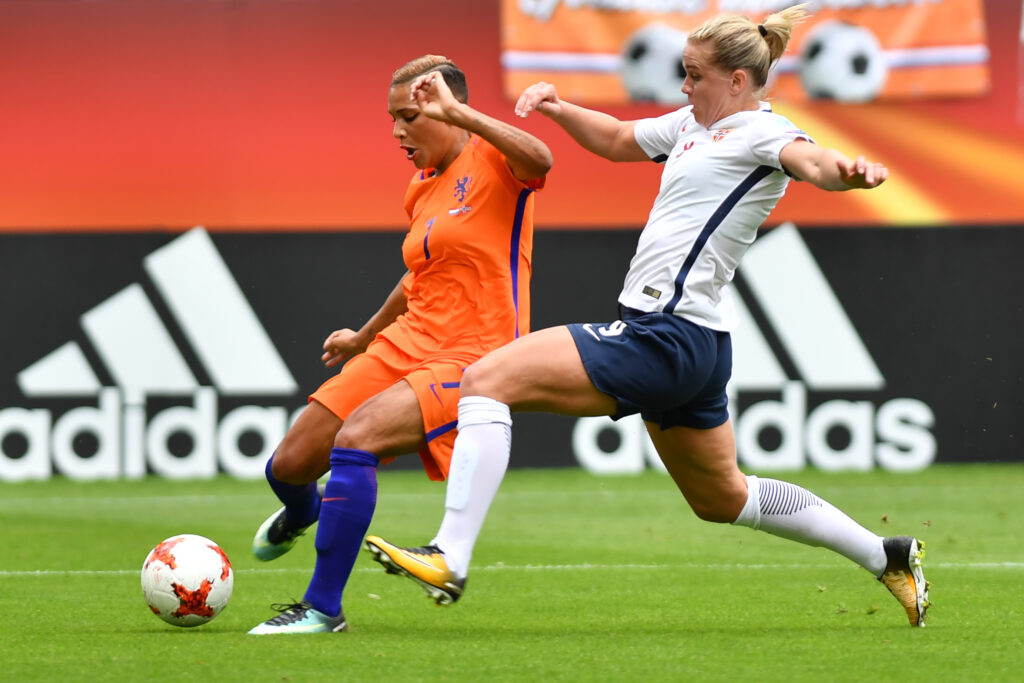
6. **Title IX Gave Females More Equal Access to College Sports Funding: Leveling the Playing Field**
On June 23, 1972, a landmark piece of legislation was enacted that would irrevocably alter the landscape of gender equality in American education and sports: Title IX. With its passage, “women were offered a chance to compete” in ways previously unimaginable, marking a pivotal turning point for female athletic participation across the nation.
Title IX mandated that no person in the United States shall, on the basis of , be excluded from participation in, be denied the benefits of, or be subjected to discrimination under any education program or activity receiving Federal financial assistance. This crucial directive “leveled the playing field” by ensuring more equitable funding and opportunities for women’s sports programs in colleges and universities.
The impact has been monumental, transforming college sports into a place “where both genders could stand out.” Title IX has directly led to an explosion in female athletic participation, fostering generations of strong, empowered women, and cementing its legacy as one of the most influential legislative acts in shaping the social history of American sports and gender equity.
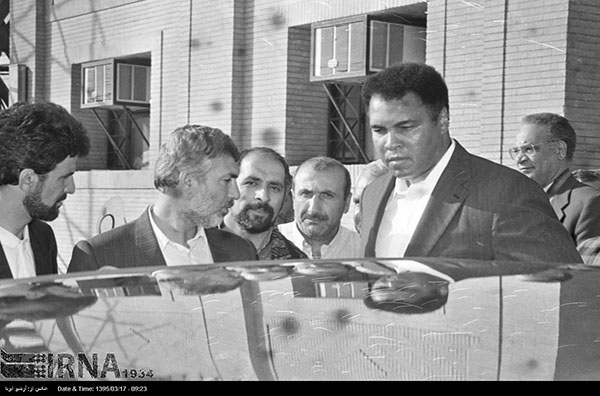
7. **Muhammad Ali Lights the Olympic Torch: A Hero’s Enduring Flame**
Anticipation was palpable in 1996 for the Atlanta Olympic Games, with everyone wondering who would be chosen for the iconic moment of lighting the Olympic torch. The reveal, however, was far more moving and profound than anyone could have imagined, leaving millions around the world absolutely spellbound and deeply touched by what they witnessed.
It was Muhammad Ali, undeniably one of the greatest athletic heroes of all time, who emerged. “Ravaged by Parkinsons,” his hand “shakily lit the torch as we watch in awe and inspiration.” This wasn’t merely a ceremonial act; it was a deeply symbolic and profoundly human moment that transcended the realm of sport, touching on themes of courage, resilience, and the enduring human spirit.
His brave, vulnerable performance became an indelible image, a “moment that will stick in our minds forever.” Ali, a figure who had both thrilled and polarized a nation throughout his career, united millions in a shared moment of respect and admiration, reaffirming his status not just as a boxing legend, but as a global icon whose legacy extends far beyond the ropes of a boxing ring.
The story of sports in America is a vibrant tapestry, woven with threads of triumph, controversy, and profound societal change. As we’ve seen, moments on the field, court, or track can resonate far beyond the final whistle, echoing through history and reshaping our collective understanding of identity, opportunity, and human potential. Now, let’s continue our journey, delving into seven more groundbreaking sports events that left an undeniable mark on athlete agency, media dynamics, public morality, international diplomacy, and the ongoing fight for equality and representation in US social history.
8. **Danica Patrick Becomes the 1st Woman to Lead the Indy 500: Revving Up for Equality**
The roaring engines and high-octane drama of the Indy 500 have always captivated America, but in 2005, the race delivered a moment that truly transcended the track. Danica Patrick, with her undeniable skill and fierce determination, piloted her car to the front of the pack, becoming the first woman ever to lead the iconic Indy 500. It was a watershed moment, not just for motorsports, but for women in sports everywhere.
This wasn’t merely a fleeting lead; it was a powerful statement etched into racing history. Patrick’s performance challenged deep-seated perceptions about gender roles in a traditionally male-dominated sport, proving unequivocally that talent knows no boundaries when it comes to speed and strategy. Her presence at the front of the field ignited conversations and inspired countless young women to pursue their own ambitions, regardless of the perceived obstacles.
The history-making moment at the Indy 500 catapulted Danica Patrick into superstardom. She wasn’t just a race car driver; she became a cultural icon who transcended the sport itself, securing a ride in NASCAR and bringing unprecedented mainstream attention to women in competitive motorsports. Her journey underscored the growing impact of female athletes in shaping media narratives and expanding the horizons of professional sports.
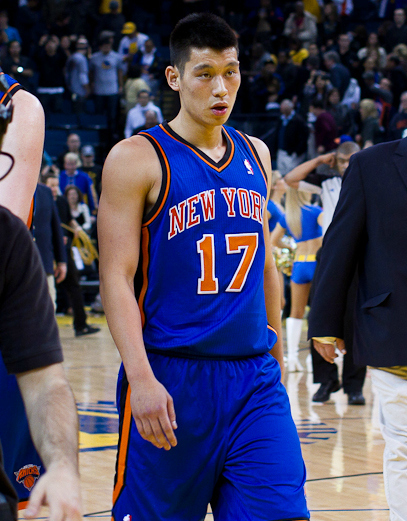
9. **Linsanity: A Cultural Phenomenon Takes the Court**
Sometimes, a story explodes onto the scene with such unexpected force that it captures the nation’s imagination, transcending sports to become a cultural touchstone. That’s exactly what happened in 2011 with “Linsanity,” the improbable rise of Harvard alum Jeremy Lin, who, from humble beginnings on the bench, helped lead the New York Knicks on an electrifying winning streak.
Lin’s story was far more than just a basketball Cinderella tale. As the first American player in the NBA of Chinese or Taiwanese descent, his sudden stardom resonated deeply with Asian-American communities and beyond. He became a symbol of hope and representation, demonstrating that talent and perseverance could triumph against all odds, breaking through racial barriers in a league that had rarely seen a star of his background.
The media frenzy surrounding Linsanity was unprecedented. You literally “must have been living under a rock” if you didn’t hear about it, as Time magazine named him one of the 100 Most Influential People. This phenomenon highlighted the immense power of media dynamics in amplifying an individual’s story, turning a captivating sports narrative into a global discussion about identity, opportunity, and the thrilling unpredictability of athletic achievement.

10. **Bay Area World Series Earthquake: When Nature Interrupted America’s Pastime**
Game 3 of the 1989 World Series, featuring the crosstown rivalry between the San Francisco Giants and the Oakland A’s, was set to be a classic Bay Area showdown. However, what unfolded on October 17th, 1989, was far more dramatic than any sporting contest. A powerful earthquake, registering 6.9 on the Richter scale, struck during the live national broadcast, transforming a baseball game into a harrowing national event.
This was not merely a brief interruption; it was “the largest earthquake ever to be caught on national television,” stalling the World Series for ten days as a city grappled with immense devastation. The quake profoundly altered the media dynamics of the moment, shifting focus from sports commentary to urgent news reporting, showcasing the vulnerability of live events to natural forces and the immediate, widespread impact of television.
In a rare silver lining amidst the tragedy, the timing of the earthquake, occurring during a major televised sporting event, may have inadvertently saved lives. Officials suggested that many people had left work early to watch the game, reducing the number of commuters on roads and in buildings that collapsed. This poignant detail underscores the unexpected ways sports can intersect with public morality and collective well-being, even during moments of immense crisis.
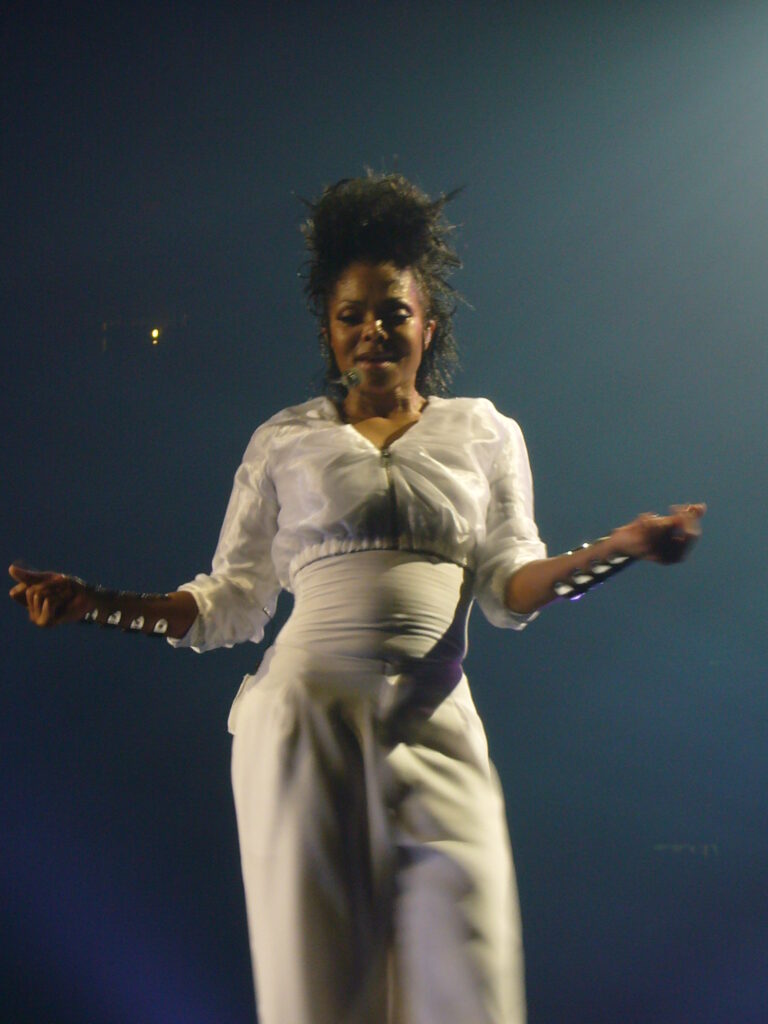
11. **Janet Jackson’s Wardrobe Malfunction: The Super Bowl’s Shockwave**
Super Bowl XXXVIII in 2004 promised an exciting football showdown, but it was the halftime show that delivered an unforgettable, and profoundly controversial, moment. During her performance with Justin Timberlake, Janet Jackson experienced a “wardrobe malfunction” that exposed her breast on live national television, sparking a massive public outcry and an immediate cultural firestorm.
The fallout from this brief, unexpected incident was enormous, triggering widespread debates about indecency and censorship on public airwaves. The event reshaped media dynamics overnight, leading to new regulations. Specifically, all live events, including future Super Bowls, were to be shown on a time delay to prevent similar occurrences. This drastic measure highlighted the perceived threat to “public morality” and the lengths broadcasters would go to avoid future controversies.
The repercussions extended for years, with Super Bowl halftime shows famously featuring “old rock stars” and other acts “least likely to pull the same stunt” until 2012. The incident became a defining moment in American television history, solidifying its place as one of the most talked-about events after the game and permanently altering how live broadcasts approached issues of content and oversight in the public eye.
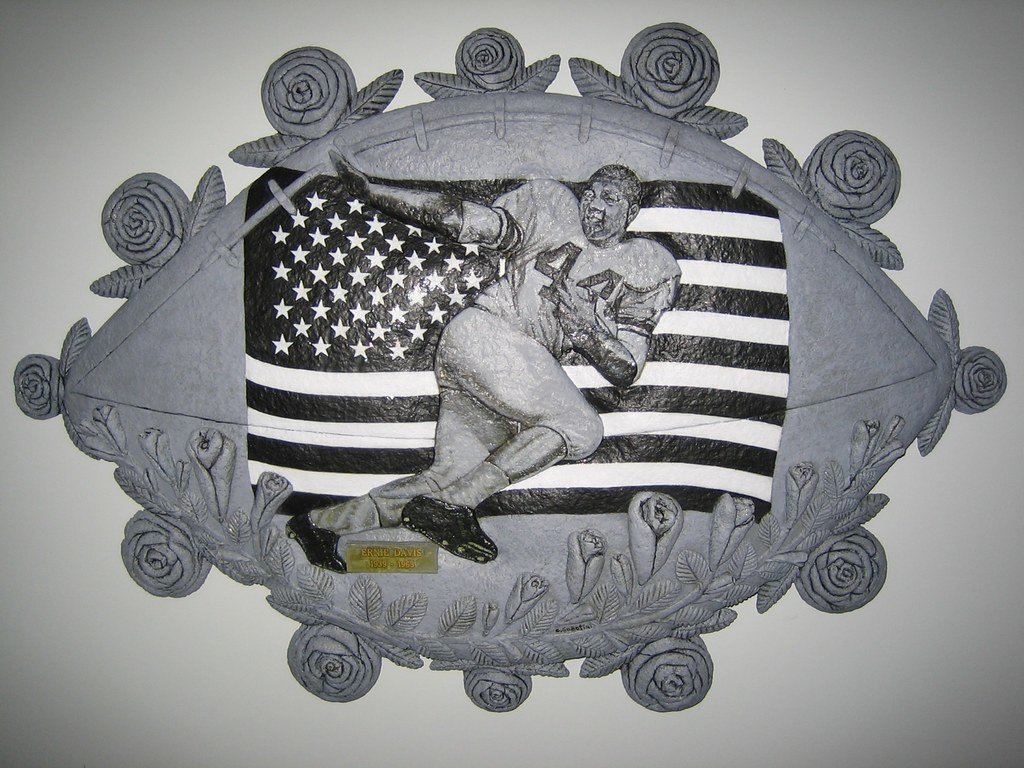
12. **Ernie Davis Wins the Heisman Trophy: A Pioneer’s Unforgettable Legacy**
In 1961, Syracuse University’s Ernie Davis etched his name into the annals of college football, but his achievement resonated far beyond gridiron glory. He was awarded the Heisman Trophy, making him the first African American to receive college football’s most prestigious individual honor. This was a barrier-breaking moment that sent a powerful message across the nation.
Davis’s victory wasn’t just about his exceptional talent; it was a profound stride in the ongoing fight for equality and representation in American sports. In an era still grappling with segregation and racial prejudice, his triumph shattered stereotypes and provided an inspiring example for thousands of athletes to follow. He demonstrated that excellence and recognition could, and should, transcend racial lines.
His legacy, though tragically cut short, became a beacon of hope and a testament to the power of individual achievement in driving social change. Ernie Davis’s Heisman win provided a tangible symbol of progress, reinforcing the idea that the playing field should indeed be level for all, and leaving an indelible mark on the social history of American sports.
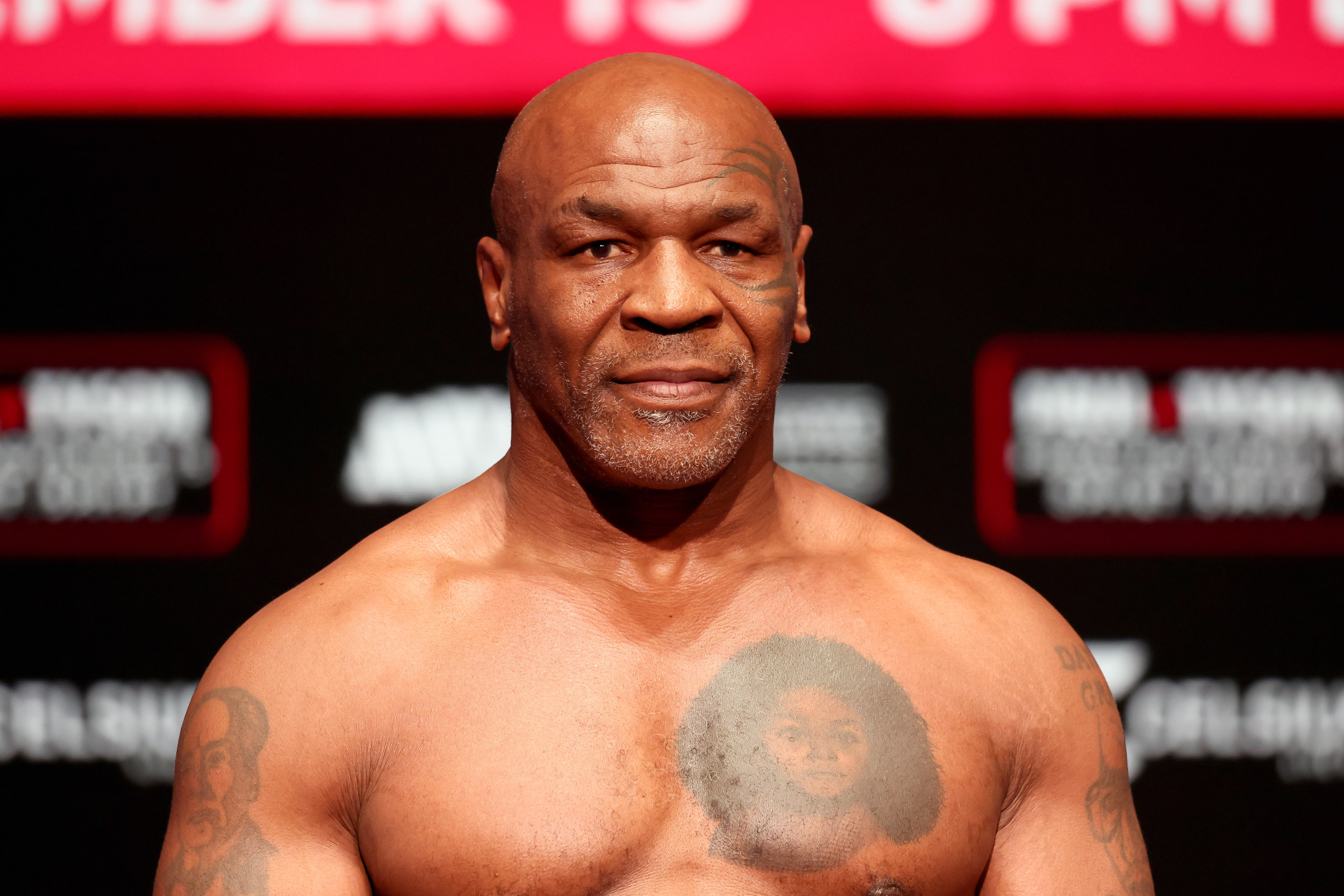
13. **Mike Tyson Bites off Evander Holyfield’s Ear: A Bizarre Descent into Infamy**
The highly anticipated rematch between Mike Tyson and Evander Holyfield on June 28, 1997, was supposed to be a thrilling continuation of their heated rivalry. Instead, it delivered one of the most bizarre and shocking moments in sports history: Tyson bit off a piece of Holyfield’s ear, twice, in an act of aggression that left spectators and commentators stunned.
Few could believe their eyes as the “most vicious heavyweight” committed such an unbelievable act. The immediate reaction was one of disbelief and revulsion, further cementing Mike Tyson’s controversial image as a “lunatic.” This moment profoundly impacted public morality, sparking widespread condemnation and forcing a reckoning with the extreme boundaries of sportsmanship and conduct within professional competition.
Despite the grotesque nature of the incident, or perhaps because of it, the fight became a massive media event. It generated record-breaking pay-per-view sales, with “1.99 million households” purchasing the event, a record at the time. This highlighted a troubling aspect of media dynamics: controversy, however shocking, could translate into unprecedented viewership, underscoring the public’s fascination with extreme spectacles, even those that veered into infamy.

14. **Ping Pong Diplomacy: Serving Up Peace Through Sport**
In a twist of global affairs, a game usually relegated to “frat-house fare” played a surprisingly pivotal role in thawing the icy relations between the United States and China during the Cold War. This was “Ping Pong Diplomacy,” an unexpected series of events in 1971 where the two countries exchanged table tennis players, paving an unprecedented path toward improved international relations.
Before the US team stepped foot into Beijing in 1971, “no American sports delegation had done so since 1949,” illustrating the deep chasm that had existed between the two nations. The invitation extended to the American table tennis team, and their subsequent visit, became a symbolic gesture of goodwill, demonstrating that common ground could be found even between ideological adversaries through the universal language of sport.
This groundbreaking initiative in international diplomacy eventually paved the way for President Nixon’s historic visit to China for face-to-face meetings with Chinese leaders, fundamentally altering the geopolitical landscape. Ping Pong Diplomacy remains a powerful testament to how sports can transcend political divides, fostering understanding and opening channels of communication that lead to profound social and political shifts on a global scale.
From the personal triumphs that redefine individual potential to the collective moments that heal, inspire, or provoke national discourse, these 14 influential sports moments undeniably reshaped the fabric of US social history. They serve as potent reminders that sports is far more than just a game; it’s a dynamic mirror reflecting our society, a powerful engine for change, and an enduring source of both challenge and unity. Each unforgettable event has left an indelible mark, proving that the magic of athletic competition often lies in its extraordinary capacity to transform the world around us, one game, one athlete, one pivotal moment at a time.



